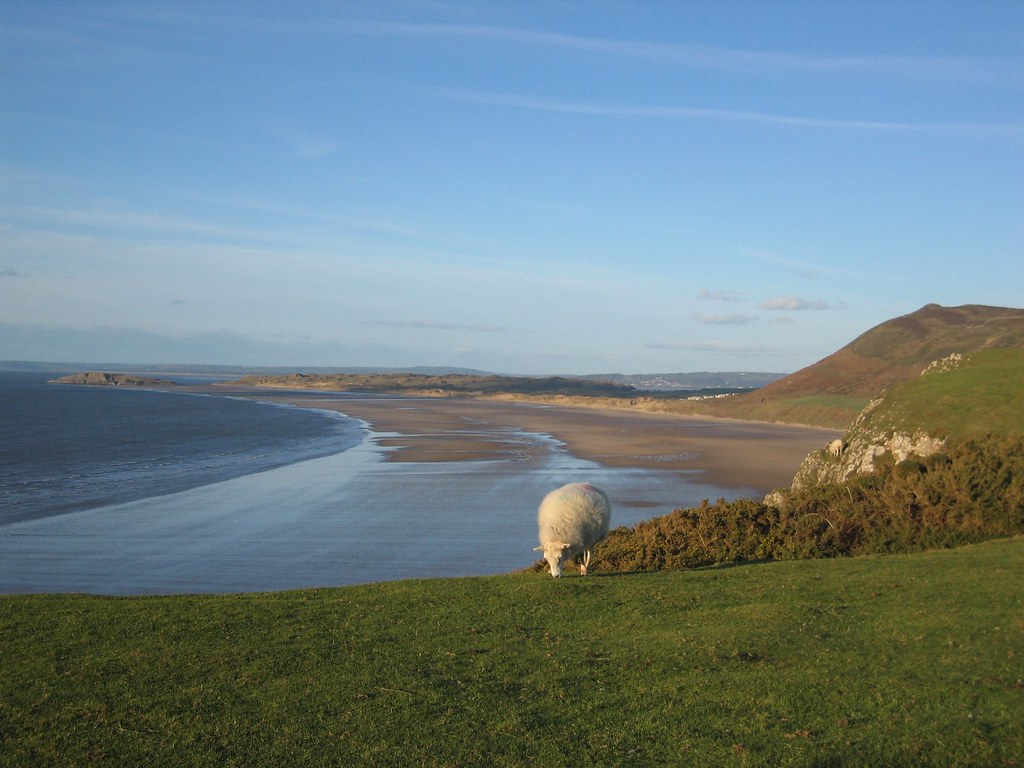
How Gen Z is Redefining Pet Care in the UK: Trends and Spending Habits
In 2025, Gen Z is reshaping the UK's pet care landscape. Their tech-savvy, eco-conscious, and wellness-oriented approach is influencing industry trends and consumer behaviors....

As the proud owner of a furry four-legged friend, you know that the joy of taking your dog for a walk is undeniable. Those wagging tails, excited sniffs, and boundless energy make every stroll an adventure. But just like humans, dogs are sensitive to temperature changes, and ensuring their safety and comfort during walks is essential. Today, we'll explore the optimal temperature ranges for dog walking in the UK and provide tips on planning routes for various weather conditions.
When it comes to walking your dog in the UK's often unpredictable climate, understanding what temperature is considered too hot is crucial. Dogs are more susceptible to heat-related issues than humans, and they don't regulate their body temperature as effectively. During hot summer days, asphalt and concrete paths can become scorching and uncomfortable for your pooch's paws.
A general rule of thumb is that if the temperature exceeds 25°C (77°F), it's time to reconsider your walking plans. At this temperature, pavements can reach dangerously high temperatures, potentially leading to paw pad burns. Opt for early morning or late evening walks when temperatures are cooler, and always carry water to keep your furry friend hydrated.
One thing to keep in mind is that when the temperature drops below 5°C (41°F), It is the coldest temperature to walk a dog. There's a temperature threshold below which it's best to avoid dog walks, and that's around 0°C (32°F). Small and short-haired breeds are especially vulnerable to the cold. Keep an eye out for signs of discomfort, such as shivering or lifting paws off the ground.
If it's too cold for you to stand outside without a heavy coat, it's probably too cold for your pup as well. Instead of outdoor walks on exceptionally chilly days, consider engaging your dog in indoor activities, such as puzzle toys or gentle playtime. Check this complete guide on Winter Pet Care Tips for Pet Sitters and Dog Walkers to know more.
The ideal temperature for dog walking falls within the range of 15°C to 20°C (59°F to 68°F). During these mild conditions, your pup can comfortably explore the outdoors without the risk of overheating or freezing. Longer walks are manageable, and you can enjoy the fresh air without any temperature-related worries.
Remember, regardless of the temperature, always pay attention to your dog's cues. If they're panting excessively, slowing down, or showing signs of discomfort, it's time to head home and provide water and rest.
As responsible dog owners, prioritising your pet's well-being during walks is paramount. Adapting your walking routines to varying temperatures ensures that your dog's adventures remain enjoyable and safe year-round. Whether it's seeking shade on hot days or bundling up during colder spells, understanding your dog's temperature preferences will help you create unforgettable memories together, come rain or shine.
Explore the vast greenery of Richmond Park, London's largest Royal Park. Dogs can roam freely in certain areas, and you might even spot deer during your walk.

Tip: Check out the Isabella Plantation for a picturesque stroll.
Take your dog on an adventure up Arthur's Seat for stunning panoramic views of Edinburgh. The walking paths are pet-friendly, and your furry friend will love the open spaces.

Tip: Plan your visit in the morning or late afternoon for a quieter experience.
Nestled in the Peak District, Padley Gorge offers a charming wooded valley perfect for dog walks. The stream running through adds an extra element for your pup to enjoy.

Tip: Combine the walk with a visit to the nearby Longshaw Estate.
The Gower Peninsula boasts beautiful beaches where your dog can run freely. Rhossili Bay is a favourite among dog owners for its expansive sands.

Tip: Check the tide times for the best beach experience.
Discover the diverse landscapes of the New Forest, with woodlands, heathlands, and grasslands. Many pubs in the area are also dog-friendly.

Tip: Keep an eye out for the famous New Forest ponies during your walk.
Q: Can I walk my dog in the rain?
A: Yes, absolutely! Invest in a waterproof coat for your dog and yourself. Rainy walks can be refreshing, just be sure to dry your dog thoroughly after.
Q: How can I protect my dog's paws in hot weather?
A: Consider dog booties or paw wax to protect against hot pavements. Opt for walks in the early morning or late evening when temperatures are cooler.
Q: Are there any indoor activities for dogs during extreme cold?
A: Absolutely! Engage your dog with indoor activities like puzzle toys, hide and seek, or obedience training to keep them active and stimulated.
Q: How can I tell if my dog is too hot during a walk?
A: Watch for signs like excessive panting, slowing down, or seeking shade. Always carry water, and if your dog shows discomfort, it's time to head home.
Q: What's the importance of acclimating my dog to different temperatures?
A: Acclimating your dog gradually helps them adapt to temperature changes, reducing the risk of discomfort or health issues during walks in extreme weather.
Hope this is useful for you if you are planning to start your own dog-walking business looking for a pet-sitting business course or looking for a professional pet sitter, it's the right time to explore NarpsUK.

In 2025, Gen Z is reshaping the UK's pet care landscape. Their tech-savvy, eco-conscious, and wellness-oriented approach is influencing industry trends and consumer behaviors....

Discover how UK pet owners are adopting eco-friendly pet care with sustainable products, waste reduction tips, and greener lifestyles. Stay informed with NarpsUK’s expert guidance....
Discover how UK pet owners are redefining pet care with luxury grooming, wellness trends, and personalised services. Explore the rise of pet pampering and how NarpsUK supports professional pet carers ...